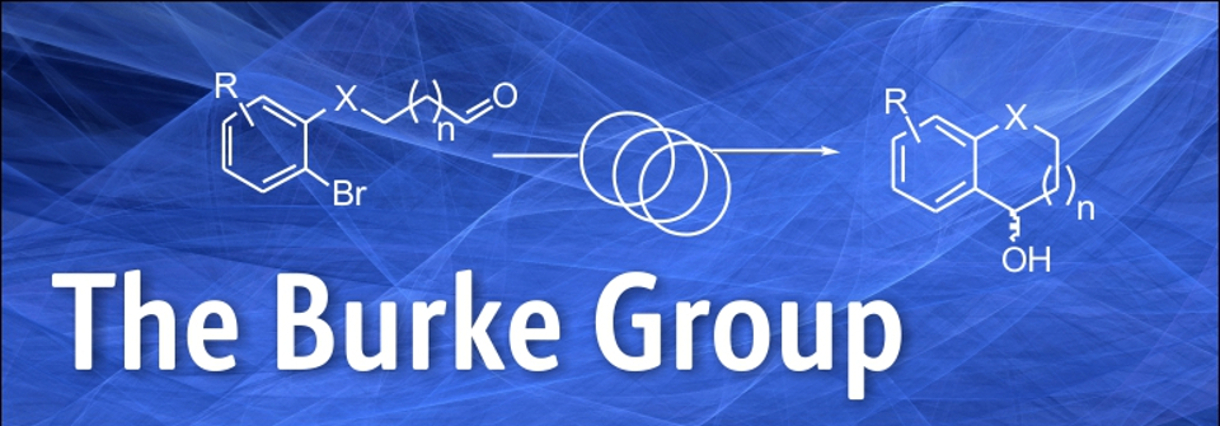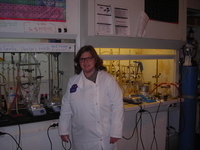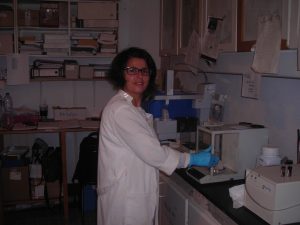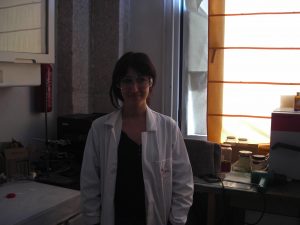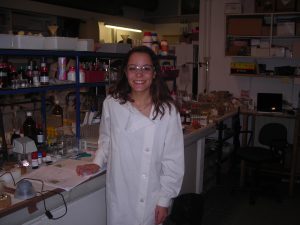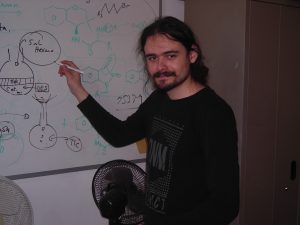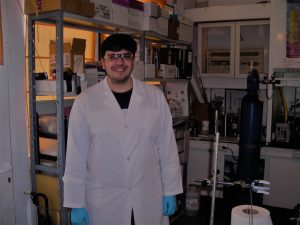Here are the current lab incumbents. This was updated on the 20 April 2021.
If you are interested in joining the group, give Prof. Anthony Burke a “shout”. (ajb@uevora.pt) or a call at +351266745310. We look forward to speaking with you and perhaps applying for some national or EU (Marie Sklowdoska Curie) funding.
|
|
Elisabete Carreiro is a senior research associate and integrated member of the Centro de Química de Évora. She has both a BSc (Chemistry) and a PhD (Chemistry, European) from the University of Évora (2010). She has also been a visiting researcher in the groups of Carmen Claver (Universitat Rovira i Virgili, Tarragona) and Dr. Olaf Walter KIT, Karlsruhe. She is currently developing new nucleoside analogues, and innovative ways of drug delivery of these compounds, and is also involved as a research leader in the project NAQUIBIO focused on the development of chitin-silver nanoparticles for wound healing in dogs. She is also involved with the University of Evora, spin-out, Chiratecnics (www.chiratecnics.com). https://laqv.requimte.pt/people/2114-elisabete_da_palma_carreiro |
|
|
Carolina Marques is a senior research associate in the Burke group and integrated member of the Centro de Química de Évora. She has a BSc (Chemistry), an MSc (Applied Chemistry) and a PhD (Chemistry) from the University of Évora (2013). She has previously worked in the group of Carlos Afonso at IST, Lisbon. She is currently developing new catalytic methods using metal based catalysts for the synthesis of small-molecules for neurodegenerative diseases. She was the recipient of the prize of best PhD in organic chemistry by the SPQ (Portuguese Chemical Society) in 2013. And has co-authored two Wiley-VCH books. https://laqv.requimte.pt/people/2113-carolina_marques |
|
|
Amina Moutayakine is a joint PhD student with José Padrón from the Institute of Bioorganic Chemistry at the University of La Laguna, University of Tenerife. She has recently worked on the synthesis of novel small molecules for neurodegenerative diseases, as well as developing chemocatalytic methods to enantiomerically pure amines. Currently she is working on sustainable metal catalyzed couplings to benzodiazapine target compounds. http://laqv.requimte.pt/people/2591-amina_moutayakine |
|
|
|
|
|
Ana Catarina Amorim has both an MSc and BSc degree from the University of Évora.She has already worked on the synthesis of novel 1,2,3-triazoles using the Sharpless-Meldal method using enabling synthetic methods. For her MSc project in this group she is working on novel catalytic methods for accessing biologically active 1,4-dibenzodiazapines, which is an important area in this group, with potential commercial applications. As part of a collaboration with ChiraTecnics she is developing novel immobilized organocatalysts for key sustainable transformations. |
|
|
Rubén Silva is a final year student (Chemistry course, University of Evora) who is working on the development of organocatalyzed reactions using Deep Euthectic solvents. |
|
|
Pedro Brandão is a final year PhD student of the CATSUS PhD program, and is working under the supervision of Prof. Burke, Prof. Marta Pineiro (Chemistry dept, University of Coimbra) and Dr. Maxim Kuznetsov from the Centro Química Estrutural, IST, Lisbon. He has an MSc in Pharmaceutical sciences from the University of Porto. He has contributed to the development of novel and useful Multi-Component reaction sequences besed on the Ugi reaction, that give useful biologically active compounds. https://laqv.requimte.pt/people/2133-pedro_brandao |
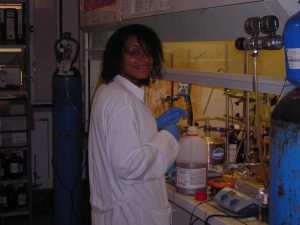 |
Sofia Ernesto is an MSc student in biohemistry with a BSc in biotechnology from the University of Evora. She is working under the guidance of Dr. Carreiro on the multicomponent synthesis of traizole-dihydropyrimidinone compounds with potential anti-tumor antiproliferative activity. |
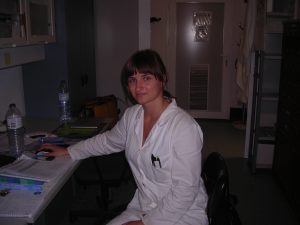 |
Tereza Hofmanová is an Erasmus+ MSc visiting student from the University of Hradec Králové in the Czech Republic. She is working on a project that involves the asymmeric synthesis of non-racemic quaternary 3-aminooxindoles with potential medicinal properties. |
